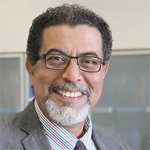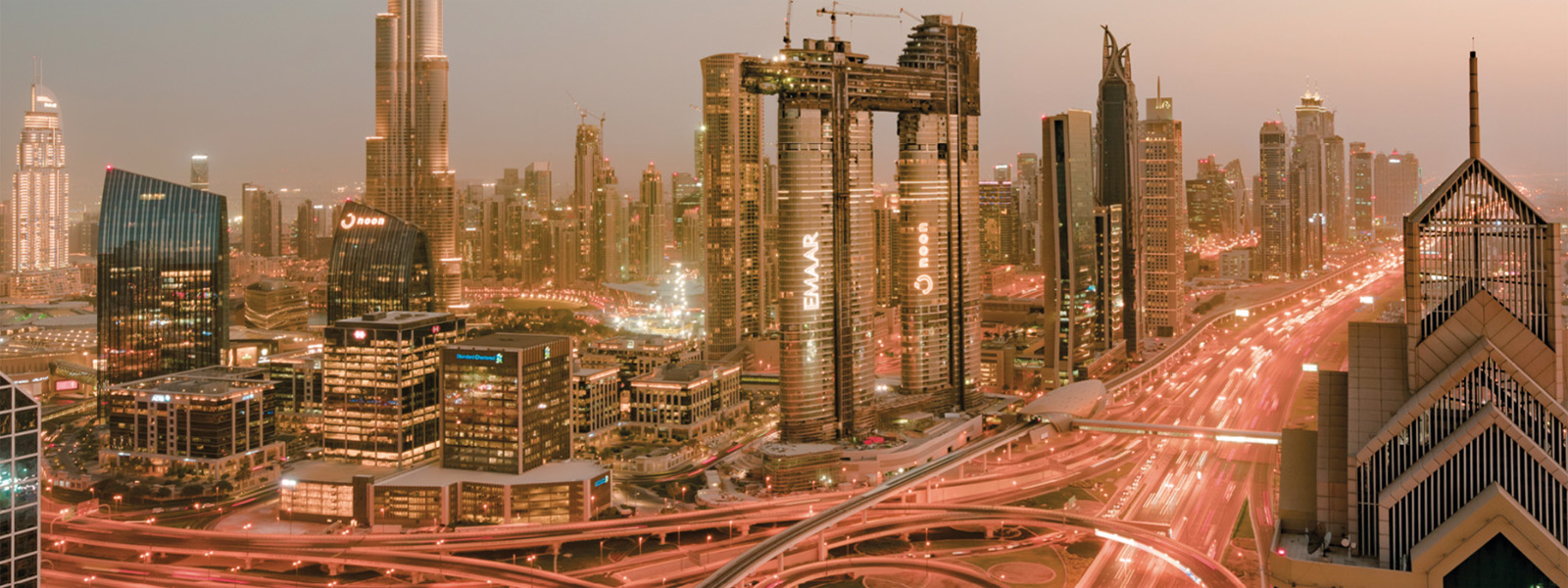 |
Professor Ashraf SalamaFind out more about Professor Ashraf Salama's work |
A new book by Dr. Florian Wiedmann and Professor Ashraf M. Salama is scheduled for publishing in July 2019. The book is an outcome of a number of research activities undertaken as part of two projects (2011-2018), funded by Qatar National Research Fund, Doha, Qatar. Entitled Building Migrant Cities in the Gulf: Urban Transformation in the Middle East, this book is part of the efforts of The Cluster for Research in Architecture and Urbanism of Cities in the Global South (CRAUCGS) was established in 2014 as part of the Department of Architecture Research Groups
Building Migrant Cities in the Gulf
Urban Transformation in the Middle East
Visit the book on the Bloomsbury site
During the last twenty years, cities in the three small Gulf States of Bahrain, Qatar and the United Arab Emirates, have witnessed rapid urban growth due to new development visions and strategies to establish emerging hubs in global networks. The subsequent extensive migration has produced and transformed urban landscapes. This is particularly expressed in new housing dynamics, which reflect the extensive need for shelter on the one hand and the opposing phase of speculative tendencies on the other. Today, more than 80 per cent of the combined population of the capital cities is of foreign descent where an absolute majority has migrated over the last two decades. The various cultural backgrounds coupled with the segregation of income groups engaging in certain economic sectors have led to unique migrant societies. Urban transformation driven by housing development and its underlying dynamics seem to be a nexus of many urban concerns from environmental, socio-economic to sociocultural aspects and have thus been chosen as main premise for this book.
Complex layers of contemporary urbanism
Building Migrant Cities in the Gulf offers a comprehensive analysis carried out to reveal the various complex layers of contemporary urbanism in the world’s biggest urban growth scenario rooted in foreign migration. Within real estate markets housing has become the top commodity and thus a main factor of economic growth in all Gulf cities. The direct interdependency of economic growth and housing has led to the paradox of increasing land prices and the resulting lack of affordable housing and growing challenges for future growth built on continuously exchanging migrant societies. Today, Gulf cities are expressions of controversies: vacant mega projects and crowded high-density agglomerations; themed spectacles and monotonous built environments; continuous urban sprawl and intense high-rise conglomerates and rapid internationalization and traditional conservatism. All these internal factors and external influences represent tensions that have led to highly fragile entities. The authors identify housing development as the most crucial element keeping Gulf cities alive or eventually leading to exacerbating these tensions if not comprehensively considered from an integrated perspective of sustainable urbanism.
Housing and migration dynamics
This book develops a holistic overview of interdependent factors within the urban development process. It provides in-depth insights of housing and migration dynamics in major Gulf cities and explores the lessons learned from one of the prevalent urban experiments in human history. The scale and diversity of foreign migration has never been witnessed in the context of engineered hub cities. The top-down approach of controlling development dynamics is a crucial element in understanding both migration and housing dynamics in Gulf cities. The book contributes to an overall understanding of the role of contemporary governance from initiating development visions, reorganizing decision-making to implementing distinctive strategies. The book includes a thorough exploration of how investor-driven mechanisms, new economic sectors and demographic transformations have impacted the demand and supply of housing as well as the specific spatial characteristics of the resulting urban transformation. Conclusively, the direct interrelationship between inhabitants and their home environments is explored by demonstrating the divergent living standards and the new lifestyle tendencies resulting in various representations.
Evolving urban landscapes
The authors follow a strategic approach that integrates scientific analyses, discourses and impressions. Such an approach describes past development patterns and establishes and validates new concepts and terminologies to define a phenomenon, as well as to introduce and debate emerging issues and how they can be seen as opportunities or threats for future development. Primarily, this is to establish a comprehensive interpretation and not a documentation of historic facts. Thus, the mission of this book is to raise the important questions and to point out to possible solution scenarios. ‘How are migrant Gulf cities produced?’ and ‘What role does housing play in future scenarios of urban consolidation?’ are the two key questions the book places emphasis upon. These specific questions are methodologically explored, first by investigating the overall development vision and strategies examined through exploring the impact of mega projects and general housing patterns on the reconfiguration of urban structures. Following this assessment, analyses of the newly evolving urban landscapes, the multicultural migrant communities and their lifestyles and perceptions are studied before the question of everyday urbanism and its future.
Any urban transformation can only be discussed holistically by linking empirical analyses and explorations to a well-founded theoretical framework. In this respect, the book postulates a new framework, rooted in space production theories, showing how housing is a main driver of urbanism and thus the most crucial factor in establishing more efficient and diverse urban environments reflecting shared identities rather than fragmented and segregated parallel societies. The framework is the result of a theoretical exploration on how housing can contribute to more sustainable cities in the Gulf or how housing can become a crucial factor leading to the economic decline of these newly established hubs. In this context, migration entered the main premises of this discourse, since all urban environments are currently built for a hypothetical future society. Building migrant cities of this scale without any officially implemented strategy to attract foreigners to settle long-term and to build communities has led to the main subtext of any major debate about the future of urbanism in the Gulf.
Airport societies
Human history has seen many settlements being transformed or completely erected by foreigners arriving from various places, such as cities in the United States or Australia. The main difference to the Gulf region is the fact that most of these foreigners were immigrants who perceived the new world as a place to settle and build their new lives rather than as a place to transit. Migration patterns in the Gulf however follow the path of the latter with the emerging airport societies reaching the scale of millions of guest workers, hardly engaged in their new society or attached to their new environment. This refers to both low-income labourers, mainly hired to work in construction industries as well as to higher-income groups, who often perceive the Gulf as an opportunity for retirement or for developing their special expertise by managing large-scale projects or new business branches. Building Migrant Cities in the Gulf is a timely effort to draw an abstract outline of this unique urban phenomenon substantiated by concrete examples and empirical research.
